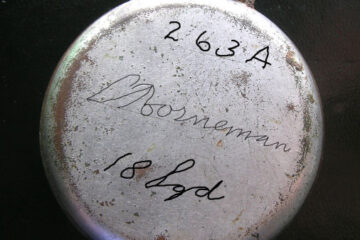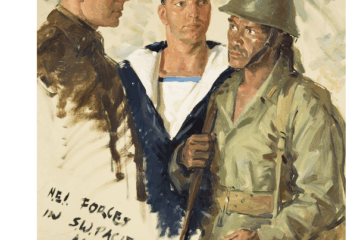22 April 2019
In Anzac week we reflect on the contribution our allies made to restoring peace in our region.
No. 19 (Netherlands East Indies) Squadron RAAF was a transport and communications unit of the Militaire Luchtvaart van het Koninklijk Nederlands-Indisch Leger.
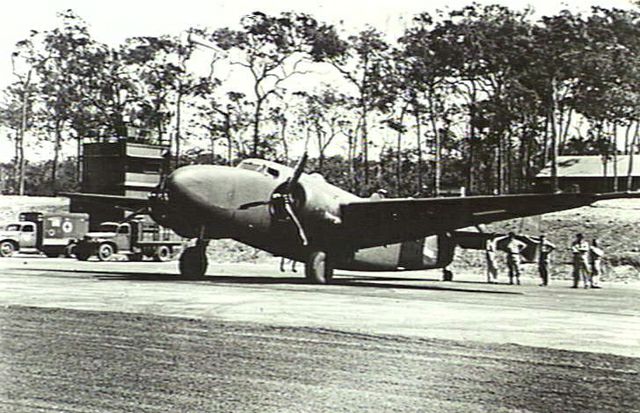
The Netherlands East Indies Government operated in exile from Brisbane after the country today known as Indonesia fell to the Japanese in March 1942.
The Government and its forces were separate to the Netherlands Government in London.
Queen Wilhelmina fled to England after the Germans invaded and dismissed her prime minister who wanted to collaborate with Hitler. In doing so, she retained the independence of the Netherlands East Indies and its military.
The French Vichy regime had surrendered Indochina (Vietnam) to Japan at Germany’s behest.
Wilhelmina’s defiance meant the Dutch became allies with Australia, Britain and the United States in fighting the Japanese.
The Royal Netherlands Navy’s small force of submarines sank more Japanese ships in the first weeks of the war than the entire British and American navies together during the same period.
Dutch regrouped in Bundaberg
The Dutch presence in Bundaberg continued after the Japanese surrender in August 1945 and became embroiled in political controversy.
Communists in the Bundaberg Trades and Labor Council were blamed for agitating rebellion among Javanese workers attached to the Dutch squadron.
At the time, maritime workers had a “black” imposed on Dutch ships and refused to supply them at Australian ports.
This followed the unilateral declaration of Indonesian independence by Sukarno on 17 August 1945. The Netherlands didn’t formally confer independence until 1949 and spent four years trying to suppress the nationalists.
In October 1945, tensions between the white Dutch personnel and Indonesians boiled over and resulted in multiple arrests.
Allegations were made that 10 Javanese men were beaten by the Dutch at Bundaberg Aerodrome and forced at gunpoint to enter an aircraft which took them to a Netherlands East Indies detention camp at Casino in New South Wales.
The commanding officer Colonel Van Haselen denied this, telling reporters the men were subject to military law and were arrested when they refused to work.
He said Dutch officers knew there had been “secret meetings” between Communists and Indonesians in Bundaberg.
Another 40 Indonesians were also detained and sent from Bundaberg to Brisbane by train.
Reports that RAAF personnel had gone on strike in sympathy with the Indonesians were denied, although some Australians were said to have refused orders from Dutch officers unless they were relayed by their own officers.
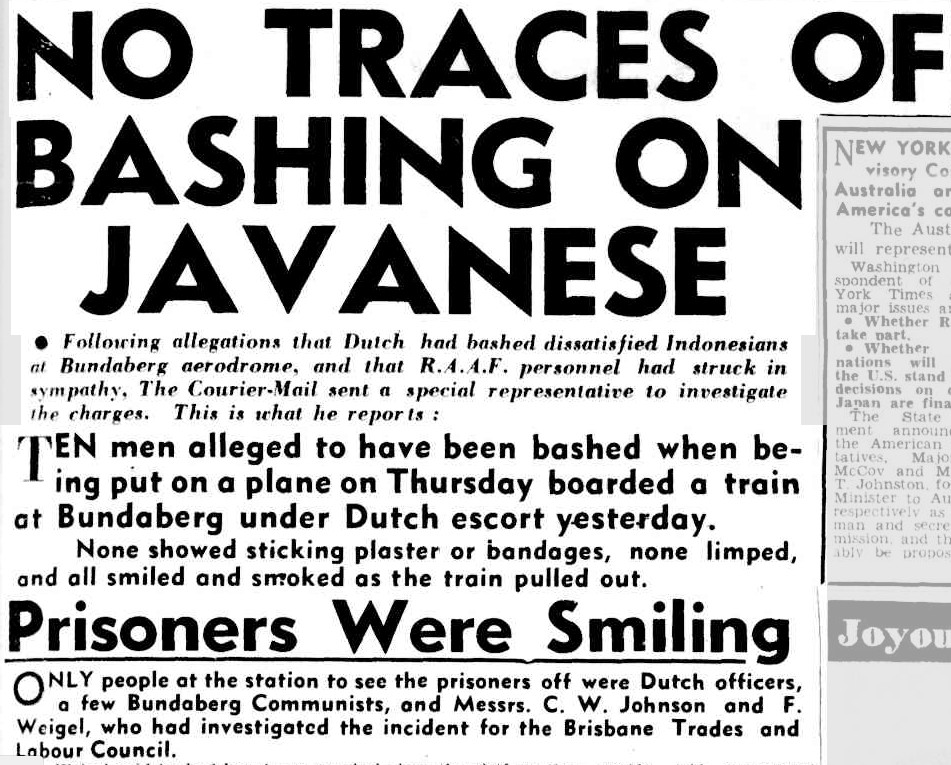
The Courier Mail sent a journalist from Brisbane to investigate.
He found no evidence the Indonesians had been bashed. The only other people to see them depart Bundaberg Railway Station were “Dutch officers and a few Bundaberg Communists” and representatives of the Brisbane Trades and Labor Council.
“With a Dutch guard armed with a rifle and wearing a tin hat leading them, and another bringing up the rear, the prisoners were marched along the platform to their two compartments. They were smiling and obeyed orders readily. There was no demonstration as the train pulled out,” the Courier Mail reported.
“There is evidence that outside Communists were in contact with the Indonesians long before the trouble and that the incident was planned.”
The report said “leftist elements” in the RAAF had magnified differences between Dutch and Australians to the point where men were receiving orders from Dutch officers through their own officers.
RAAF staff, the majority of whom were maintenance personnel, were withdrawn from the Dutch squadrons in November 1945. Maintenance was subsequently undertaken in Bundaberg by civilian companies until May 1946.
Communists were active throughout Queensland at the time and wielded influence in several major unions.
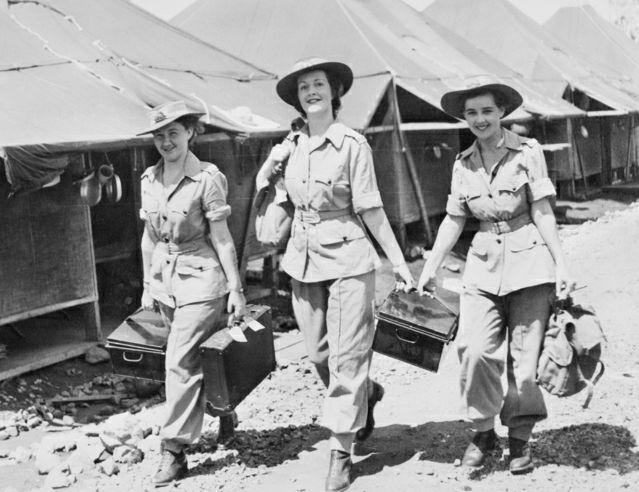
Bundaberg woman deployed to Dutch New Guinea
Another Bundaberg connection to the Dutch is Australian Women’s Army Service Sergeant, Ailsa Jarman, who was among the first AWAS personnel to be deployed in Dutch New Guinea.
The Bundaberg and District Ex Servicewomen’s Association published some of her memories in November 2016.
Ailsa was part of a special unit and her mission was shrouded in secrecy. The republished account appears below.
Ailsa married Ralph Livingstone in Bundaberg and passed away in December 2015.
